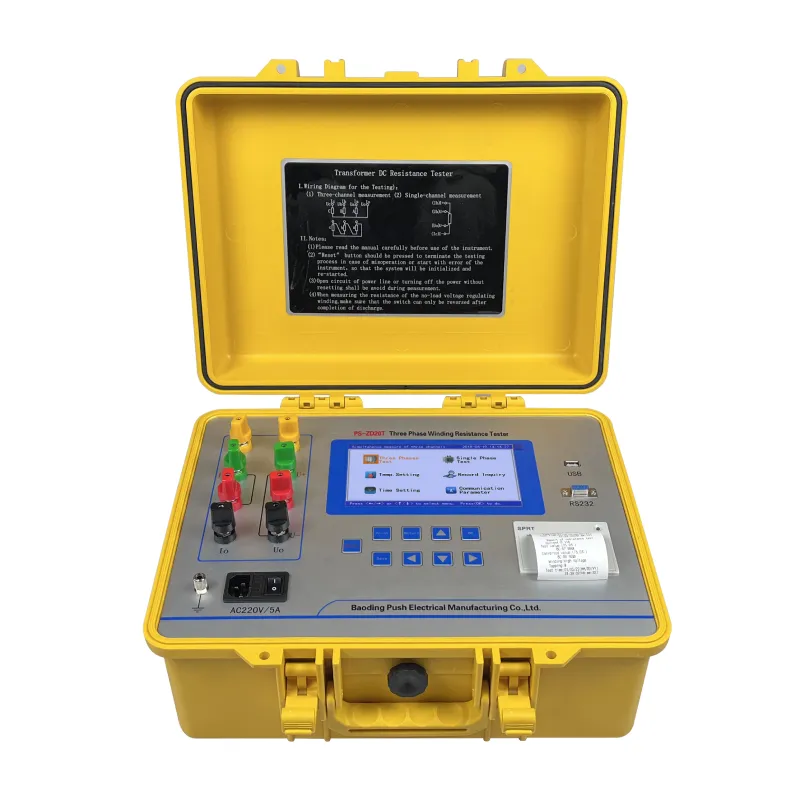 English
English



-
 Afrikaans
Afrikaans -
 Albanian
Albanian -
 Amharic
Amharic -
 Arabic
Arabic -
 Armenian
Armenian -
 Azerbaijani
Azerbaijani -
 Basque
Basque -
 Belarusian
Belarusian -
 Bengali
Bengali -
 Bosnian
Bosnian -
 Bulgarian
Bulgarian -
 Catalan
Catalan -
 Cebuano
Cebuano -
 China
China -
 China (Taiwan)
China (Taiwan) -
 Corsican
Corsican -
 Croatian
Croatian -
 Czech
Czech -
 Danish
Danish -
 Dutch
Dutch -
 English
English -
 Esperanto
Esperanto -
 Estonian
Estonian -
 Finnish
Finnish -
 French
French -
 Frisian
Frisian -
 Galician
Galician -
 Georgian
Georgian -
 German
German -
 Greek
Greek -
 Gujarati
Gujarati -
 Haitian Creole
Haitian Creole -
 hausa
hausa -
 hawaiian
hawaiian -
 Hebrew
Hebrew -
 Hindi
Hindi -
 Miao
Miao -
 Hungarian
Hungarian -
 Icelandic
Icelandic -
 igbo
igbo -
 Indonesian
Indonesian -
 irish
irish -
 Italian
Italian -
 Japanese
Japanese -
 Javanese
Javanese -
 Kannada
Kannada -
 kazakh
kazakh -
 Khmer
Khmer -
 Rwandese
Rwandese -
 Korean
Korean -
 Kurdish
Kurdish -
 Kyrgyz
Kyrgyz -
 Lao
Lao -
 Latin
Latin -
 Latvian
Latvian -
 Lithuanian
Lithuanian -
 Luxembourgish
Luxembourgish -
 Macedonian
Macedonian -
 Malgashi
Malgashi -
 Malay
Malay -
 Malayalam
Malayalam -
 Maltese
Maltese -
 Maori
Maori -
 Marathi
Marathi -
 Mongolian
Mongolian -
 Myanmar
Myanmar -
 Nepali
Nepali -
 Norwegian
Norwegian -
 Norwegian
Norwegian -
 Occitan
Occitan -
 Pashto
Pashto -
 Persian
Persian -
 Polish
Polish -
 Portuguese
Portuguese -
 Punjabi
Punjabi -
 Romanian
Romanian -
 Russian
Russian -
 Samoan
Samoan -
 Scottish Gaelic
Scottish Gaelic -
 Serbian
Serbian -
 Sesotho
Sesotho -
 Shona
Shona -
 Sindhi
Sindhi -
 Sinhala
Sinhala -
 Slovak
Slovak -
 Slovenian
Slovenian -
 Somali
Somali -
 Spanish
Spanish -
 Sundanese
Sundanese -
 Swahili
Swahili -
 Swedish
Swedish -
 Tagalog
Tagalog -
 Tajik
Tajik -
 Tamil
Tamil -
 Tatar
Tatar -
 Telugu
Telugu -
 Thai
Thai -
 Turkish
Turkish -
 Turkmen
Turkmen -
 Ukrainian
Ukrainian -
 Urdu
Urdu -
 Uighur
Uighur -
 Uzbek
Uzbek -
 Vietnamese
Vietnamese -
 Welsh
Welsh -
 Bantu
Bantu -
 Yiddish
Yiddish -
 Yoruba
Yoruba -
 Zulu
Zulu
Understanding the Functionality and Importance of De-Energized Tap Changers in Electrical Systems
Understanding De-Energized Tap Changers Function and Importance
De-energized tap changers are crucial components in power transformers, specifically designed to adjust the voltage levels within electrical distribution systems. Unlike traditional on-load tap changers, which function while the transformer is energized, de-energized tap changers operate when the transformer is offline. This distinction allows for safe and precise voltage adjustments, ensuring optimal operation of electrical systems.
Functionality of De-Energized Tap Changers
The primary function of a de-energized tap changer is to facilitate voltage regulation. In electrical power systems, the voltage levels must be kept within specific limits to ensure the safety and efficiency of electrical devices. If the voltage is too high, it may cause damage to sensitive equipment; if too low, it could lead to inefficient operation. By adjusting the transformer’s turns ratio, de-energized tap changers can increase or decrease the output voltage to match the requirements of the grid.
These devices are typically equipped with a variety of tap positions that correspond to different voltage levels. The adjustment process involves physically changing the connection point of the winding. This is typically done using a mechanical switch or a series of contacts that redirect the electrical flow to the desired tap position. The operation itself is relatively straightforward a technician would access the tap changer when the transformer is offline, select the appropriate setting, and then re-energize the transformer once the adjustment is complete.
Importance in Electrical Systems
The application of de-energized tap changers is vital in various industries, including renewable energy. For instance, wind and solar power generation facilities often face fluctuations in output due to varying weather conditions. By utilizing de-energized tap changers, operators can ensure that the output voltage remains stable and is compatible with the grid requirements, thereby enhancing the overall reliability of the power supply.
de energized tap changer

Additionally, de-energized tap changers play a significant role in maintenance and operational flexibility. They allow for periodic adjustments to the transformer's voltage levels without requiring the transformer to operate under load. This is particularly beneficial for long-term maintenance planning, enabling operators to avoid costly outages while ensuring that the system remains stable.
Design Considerations
When designing a de-energized tap changer, several factors must be considered to ensure efficiency and longevity. First, the quality of materials used is critical; components must be resistant to wear and tear to withstand numerous operations over the years. Additionally, the design should promote easy access for maintenance personnel, allowing for quick adjustments or repairs.
Safety is another paramount consideration. Since de-energized tap changers are often accessed by technicians, robust safety protocols must be integrated into their design to prevent accidents during operation.
Conclusion
In summary, de-energized tap changers are essential tools in managing voltage levels in electrical distribution systems. Their ability to adjust voltage safely and efficiently makes them indispensable for ensuring the reliability of power supply, especially in a world increasingly reliant on renewable energy. Understanding their functionality, importance, and design considerations can help stakeholders in the electrical industry optimize their systems and maintain safe operations. As technology advances, innovations in de-energized tap changers will continue to evolve, further enhancing their efficiency and effectiveness in modern electrical engineering.
-
Testing Equipment Industry Sees Major Advancements in 2025: Smart & Precision Technologies Lead the WayNewsJun.06,2025
-
Applications of Direct Current Generators in Renewable Energy SystemsNewsJun.05,2025
-
Hipot Tester Calibration and Accuracy GuidelinesNewsJun.05,2025
-
Digital Circuit Breaker Analyzer Features and BenefitsNewsJun.05,2025
-
Benefits of Real-Time Power Quality Monitoring Devices for Industrial EfficiencyNewsJun.05,2025
-
Earth Fault Loop Testing in High-Rise Building Electrical SystemsNewsJun.05,2025



